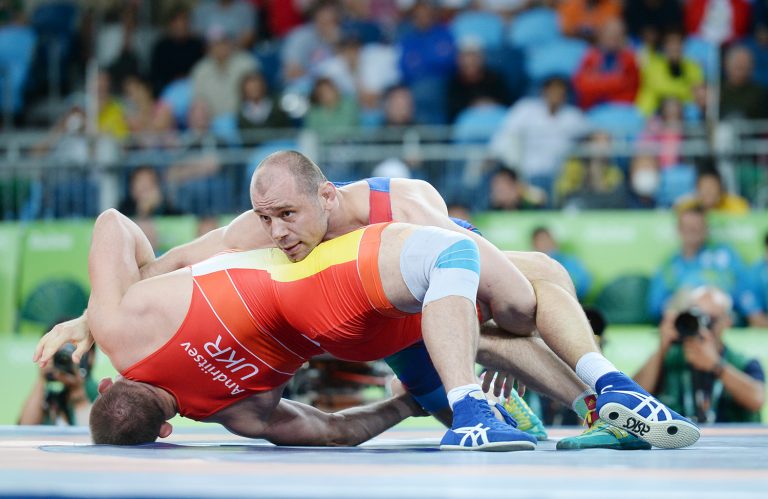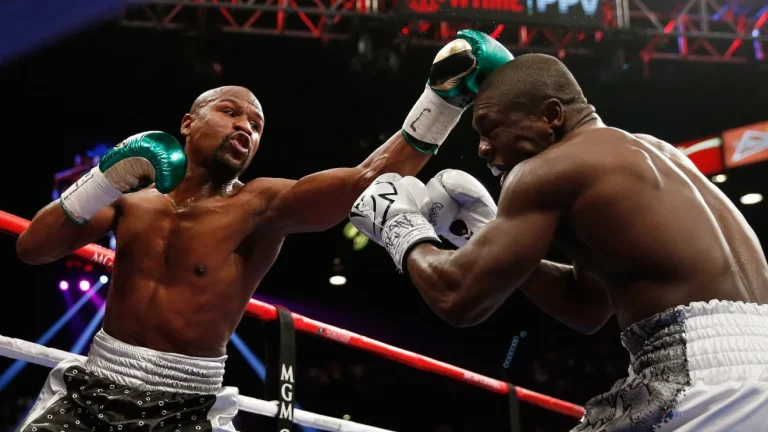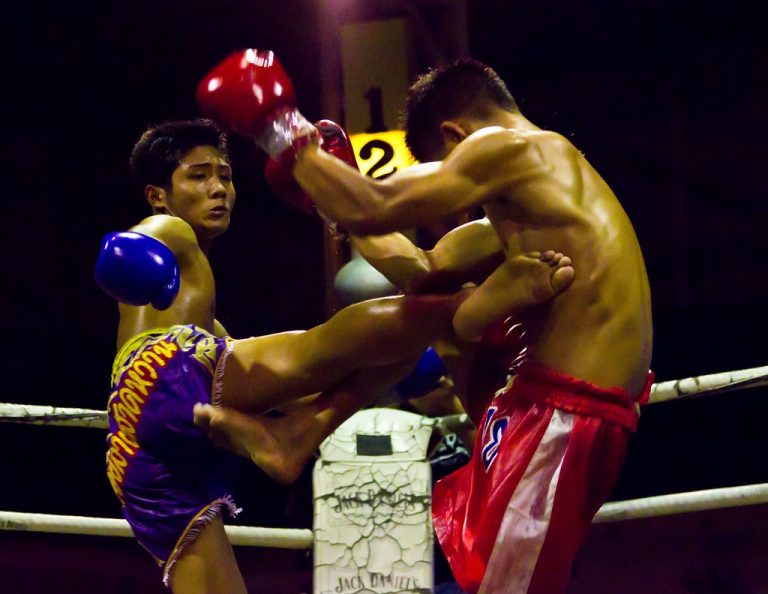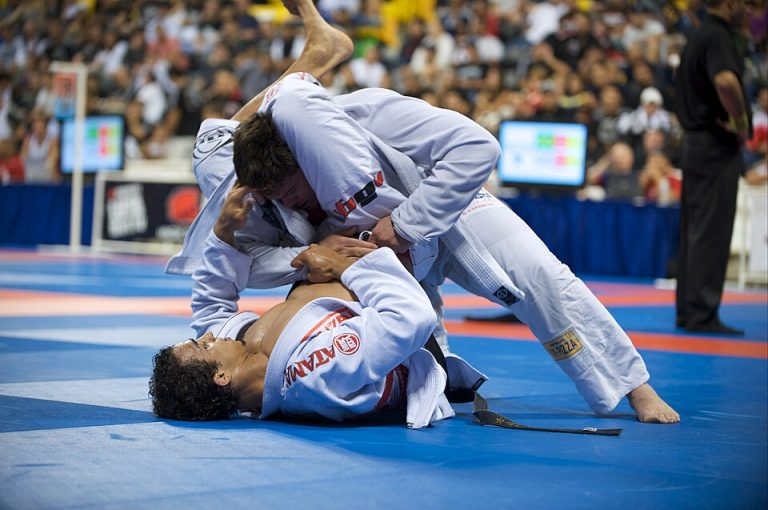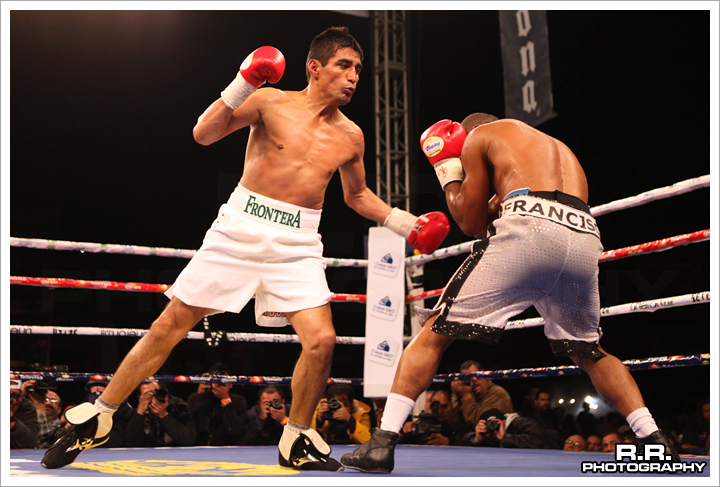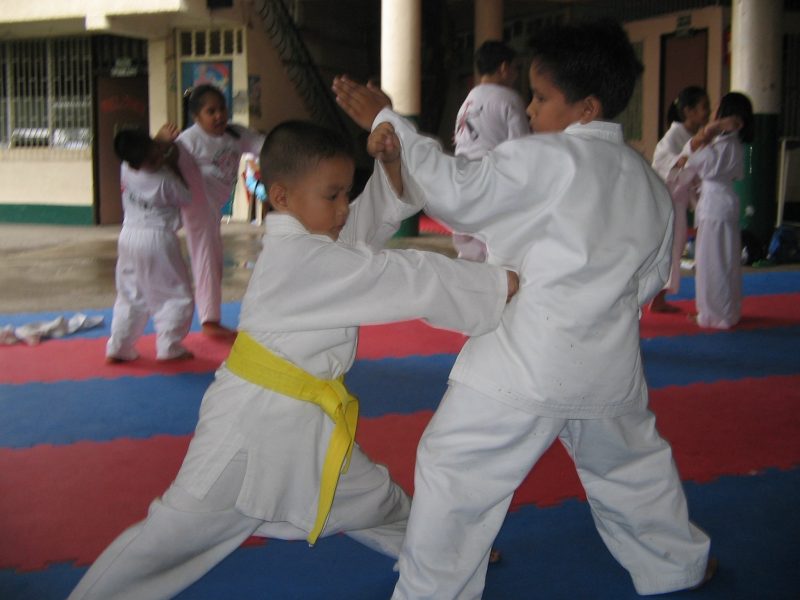
Martial arts are often seen as violent sports. However, many people don’t realize that martial arts are disciplined activities that can teach children how to be respectful and show sportsmanship.
How martial arts teach sportsmanship
One of the essential things that martial arts teach children is how to control their emotions. In a match, it’s easy to get angry or frustrated. But, martial arts teaches children how to keep calm and stay focused. This is a vital skill they can use in other areas of their life, such as when dealing with bullies or difficult situations at school.
Another thing martial arts teach children is how to respect their opponents. In martial arts, there is a lot of respect for one’s opponents, training partners, and instructors. It’s a huge part of the culture. Children learn that it’s crucial to respect other people, even if they are competing against you. This is a valuable lesson they can apply to other parts of their lives.
Martial arts also teach children how to be gracious in victory and defeat. In a match, there can only be one winner, but martial arts teach children that it’s more important to focus on the process and journey than the outcome. This is an important lesson for children to learn, as it will help them to deal with success and failure in other areas of their life. It also helps them to keep their composure in competitive settings since they are focused on the experience and how it’ll make them grow instead of the outcome.
All in all, martial arts classes are an excellent way for children to learn sportsmanship. Training teaches children how to control their emotions, respect their opponents, and be gracious in victory and defeat. These are important lessons for children to learn, as they can be applied to other areas of their life.
Other benefits children learn from martial arts
Some of the other benefits of signing up your child for martial arts classes include:
Improved self-confidence
Martial arts classes take children on a journey of self-discovery. Everyone starts as a white belt, and it takes time to master the techniques taught during each class. Students find themselves overcoming obstacles that develop along the way and mastering techniques they once deemed impossible to learn. It teaches them that they can master anything they commit to. Their increased confidence carries over into other aspects of their life like school and sports.
Coordination
Martial arts also help children to develop better coordination. They learn how to control their bodies and movements in a powerful and precise way. This improved coordination can help them in other sports and activities they participate in outside of martial arts class.
Better focus
Martial arts classes help children to develop better focus. They learn to block out distractions and focus on the task. This improved focus can be beneficial in school, as it will help them to pay attention and retain information better.
Improved physical health
In addition to the mental benefits, martial arts classes also give children a great workout. They learn how to use their bodies in a way that is both effective and efficient. As they become more physically fit, they will have more energy and stamina to participate in other activities outside of class.
Improved problem-solving skills
Through martial arts, children learn how to think on their feet and come up with creative solutions to problems. They learn to use their intuition and quick thinking to analyze situations and come up with the best solution. This improved problem-solving ability can be beneficial in school, as it will help them to better understand and apply the concepts they are learning.
Improved social skills
Martial arts classes allow children to interact with other kids their age. They learn how to work together as a team and support one another. This improved social interaction can help them in other areas of their life, such as making friends and participating in activities at school.
Improved flexibility
Another benefit of martial arts is that it helps children to improve their flexibility. They learn how to stretch their bodies in new ways and increase their range of motion. This improved flexibility can help them in other activities, such as gymnastics or dance.
Self-defense skills
Martial arts classes teach children how to defend themselves. They learn how to use their bodies and techniques to protect themselves from harm. This is an essential skill for children, as it can help them in dangerous situations. Martial arts also teach children how to deescalate situations, while the confidence they get from training makes them less likely to be targets of bullies.
Provides stress relief
Martial arts classes provide an outlet for children to relieve stress. They can release their energy positively and release any pent-up emotions they may be feeling. This can help them to feel more balanced and relaxed in their everyday life.
Improved cardiovascular health
A child’s cardiovascular health improves as their heart rate increases during martial arts training. This strengthens the heart and lungs, plus it also helps to reduce stress levels. As martial artists get older, they will find that their cardiovascular health will continue to improve, which can help to prevent various heart diseases.
Lower blood pressure
The increase in heart rate that occurs during martial arts training also helps to lower blood pressure. This is because the heart becomes more efficient at pumping blood around the body. As a result, the amount of work it must do is reduced, leading to lower blood pressure.
Weight loss
Martial arts training can help to promote weight loss. This is because it helps to increase metabolism and burn calories. As martial artists get older, they will find that their weight will gradually decrease, which can help to improve their overall health.
Improved joint health
Martial arts training improves joint health. This is because it helps to increase flexibility and range of motion. As martial artists get older, they will find that their joints will become more flexible and less prone to injury.
Read more:
Breaking Down the Different MMA Fighting Styles in History
Gold BJJ Jiu Jitsu Gi Review: Affordable, Durable, and Cool-Looking
Proform 505 SPX Indoor Cycle Review: Is It Any Good?
How to Work Off the Ropes in Boxing


